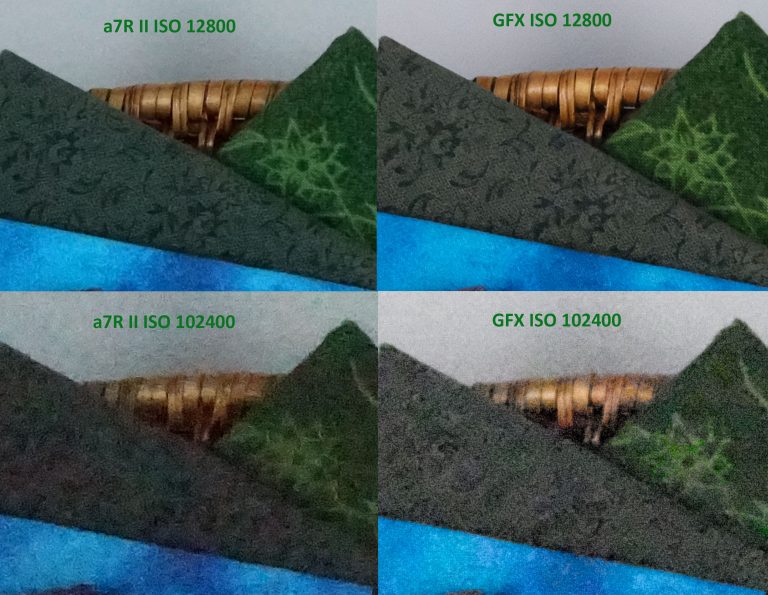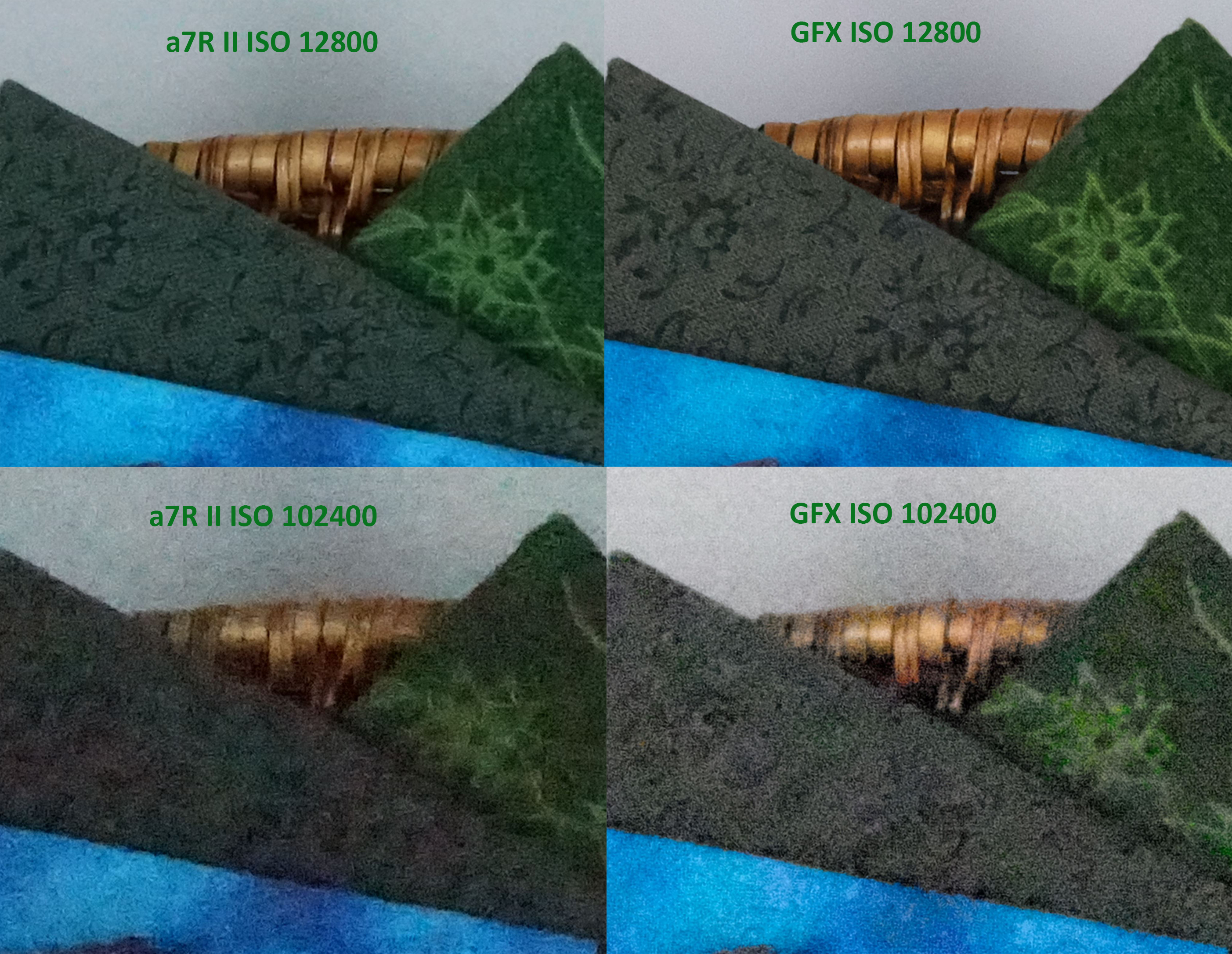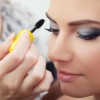
Despite the fact that they are somewhat slower than their 256GB V90 SDXC counterparts and cost much more, the new cards provide double the capacity on a single card, which is ideal for individuals who want as much storage as possible on a single card. Lensrentals has a pair of Panasonic S Pro mm F4 OIS lenses in stock that were experiencing similar autofocus troubles. Rather from sending the lenses in for a long repair and exchange, Lensrentals' Roger Cicala and Aaron Closz opted to disassemble one of the damaged lenses and see if they could fix it themselves. They succeeded. Gordon Laing of CameraLabs is back with another one of his fantastic Retro Reviews, this time on the subject of film cameras.
Fujifilm Gfx 50s II vs Sony A1: Which Is Better?

I use the term GFX Look rather than MF Look since my remarks are limited to MF gear that I personally use, and I have not used Hassy, Phase 1, or any other MF system. If desired or necessary, a completely articulating screen may be rotated inside to provide protection and stealth when needed. Additionally, it can be used to see the screen from the front side of the camera, which is quite useful for tabletop product photography since it allows you to adjust the object while simultaneously looking at the screen to ensure precise placement. Sonic123 I get the impression that you are expecting that everyone who reads this already has a large assortment of high-quality (50+ MP resolution) full-frame lenses. It is possible to convert existing Canon, Nikon, Sigma, and other lenses. Many of them do have an image circle big enough to fit 44x33 or older 645 lenses, and they just utilize the cherry center portion of such lenses instead.
Since the Gfx 50s, there have been updates.
You may also check out our in-depth Fujifilm GFX 50S II review and our Fujifilm GFX 50S review to find out precisely what we think of each of these cameras. We haven't concluded our assessment of the Sony A1, but we have a slew of sample photographs and a hands-on report to share with you in the meanwhile. Cameras with longer battery life are able to capture more images before their batteries run out of power. The 3.20" LCD screen of the Fujifilm GFX 50S is somewhat bigger than the 3.0" LCD screen on the Sony A1.
However, caution should be used when evaluating the review ratings shown above. In order to determine the ratings, they were compared to similar-priced cameras that were currently available on the market at the time of the assessment. In addition, please keep in mind that some of the review sites have modified their approach and reporting over time as a result of their growth. It should be noted that the above size and weight comparisons are rather inadequate since they do not take into account the interchangeable lenses that are required by both cameras.

Using Sports as an Example

You'll understand what I'm talking about the first time you look at a crisp MF picture you took with one of these lenses. Featuring in-camera stabilization for the first time, the Fujifilm GFX 50S II is the firm's third 50 Megapixel medium format mirrorless camera and the first from the business to do so. Instead of using PASM dials, the original GFX 50S has distinct ISO and shutter speed dials on the top-panel, as well as a tiny LCD screen. Below is a side-by-side comparison of the technical specifications of the two cameras, which should help you quickly assess their differences and similarities. Battery life varies depending on camera model. The GFX 50S II gets 440 photos out of its NP-W235 battery, while the A1 can capture 530 photographs on a single charge of its NP-FZ100 power pack. It is possible to charge the battery packs of both cameras using a USB cable, which may be quite useful while traveling.
In order to maintain their true picture quality, only a small number of full-frame lenses may be used with the GFX system. Because of this, you'll see a lot of vignetting and subpar corner performance, which is something you shouldn't want in an MF system. When using manual focus, and in certain situations with no true aperture clicks, the GFX becomes a very hostile system for the user as well. However, clever adaptors, on the other hand, are all problematic in terms of warranty coverage since they are adding low-cost electronics to a high-cost system that is known to operate in a quirky manner. I can't suggest it since, as I discovered, the GFX has very sensitive electronics. If you want to recoup some of your investment, purchasing another camera from the same manufacturer is still the best option.
The size of a camera's sensor is one of the most significant characteristics to consider. Increased light sensitivity is achieved by using a bigger sensor, which leads in increased low-light performance, dynamic range, and overall picture quality. The GFX 50S II takes a well-known sensor and installs it in Fujifilm's most sophisticated GF chassis to provide a whole new experience. It is this combination that allows the business to provide the world's first image stabilized 50MP camera while simultaneously introducing the world's most affordable digital medium format camera. Without a doubt, this will be an intriguing proposition for everyone who has ever fantasized about expanding their horizons beyond the 135 format. The inclusion of picture stabilization, Fujifilm GFX 50S II vs Sony Alpha a1 as opposed to the earlier 50MP GFX versions, is the most significant improvement.
There is little to no information available on the next lens series, but the teaser film does demonstrate the company's characteristic anamorphic aesthetic, which includes streaking lens flares and circular bokeh. Our team had the opportunity to put Laowa's new 20mm shift lens through its paces in the heart of Calgary's downtown area. The market for medical devices is just too tiny to allow for fast sensor development. In today's market, there are only two 44 x 33 mm sensors available, and the lower-resolution and lower-cost sensor utilized in this camera was initially introduced in 2014. Much of what you're expressing here resonates with me, to some extent. However, as previously stated, it is a more straightforward entry into an incredible system, thanks to the larger sensor, GFX Look, and excellent GF glass.
comments powered by HyperComments

